PIONEER study used to help identify the optimal applications for intraoperative OCT
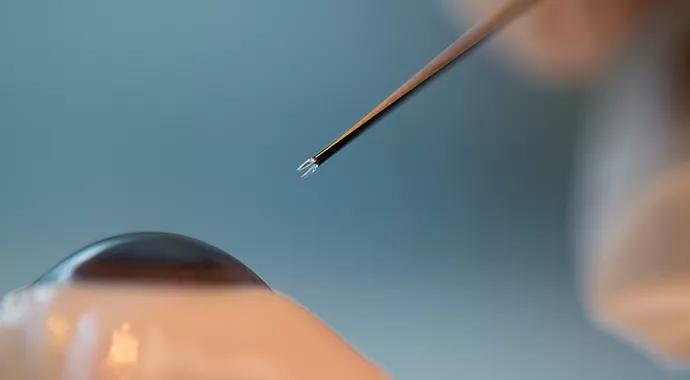
Optical coherence tomography (OCT) serves as a noninvasive imaging modality capable of providing high-resolution images of biological structures in living tissues. Using OCT, the retina’s distinctive layers can be seen, enabling in vivo histology to comprehensively map and measure layer thicknesses and identify subsurface pathologies.
Cleveland Clinic is a non-profit academic medical center. Advertising on our site helps support our mission. We do not endorse non-Cleveland Clinic products or services. Policy

“For this reason, OCT has become the standard of care in diagnosing and monitoring many eye diseases, such as age-related macular degeneration or macular holes, but it has not yet been widely utilized in the surgical environment due to the lack of an integrated intraoperative OCT platform,” explains Cole Eye Institute vitreoretinal surgeon Justis P. Ehlers, MD. “One can assess the preoperative and postoperative anatomic configurations, but our ability to assess the immediate alterations of anatomy that occur during surgery is currently lacking.”
At Cole Eye Institute, surgeons and researchers are developing the next generation of intraoperative OCT devices and instrumentation to improve ophthalmic surgical outcomes in real time. Led by the combined efforts of Drs. Ehlers, Sunil Srivastava, MD, and Yuankai K. Tao, PhD, a prototype intraoperative microscope-integrated OCT system including dedicated surgical instruments and specially crafted analysis software is in use at Cleveland Clinic in the research setting.
“The major advantage of this instrumentation is the ability to provide images of micron-thick subsurface tissue layers during a surgical procedure,” says Dr. Tao, a Cleveland Clinic ophthalmic researcher who is working on developing a fully microscope-integrated OCT system for intraoperative use. “This provides direct feedback to the surgeon regarding the location and depth of the surgical intervention during surgical maneuvers, information previously unavailable with conventional surgical microscopes.” The hope is that by utilizing this information, the new technology will lead to improved surgical decision-making and patient outcomes.
Through the use of integrated OCT instrumentation, surgeons will have superior ability to differentiate between anatomical structures that appear transparent when viewed through conventional microscopes. During surgical procedures, they will be able to visualize eye tissue layers in real time to provide crucial feedback when assessing an operation’s success or level of completion. Additionally, the high-resolution anatomic information obtained with OCT may open the door to novel surgical procedures that were previously not possible without this technology.
A microscope-integrated intraoperative OCT device would enable the surgeons to directly observe a 3-D high-resolution surgical field and directly assess the field and level of intervention. While commercial portable OCT devices have been available for use in the surgical arena (either immediately before or after a surgical maneuver), they can be cumbersome and cannot provide direct guidance to the surgeon at the point of intervention; instead they require the surgeon to pause, image and then continue the procedure.
In addition to the microscope-integrated system, researchers are developing OCT-friendly surgical instruments. These novel instruments will provide surgeons with improved ability to visualize underlying tissues as well as the instruments with OCT imaging. Software algorithms are also being created to facilitate analysis of the dynamic surgical environment and the rapid changes that may occur following surgical manipulation. When combined with the microscope-integrated system, these advances will help to provide an integrative solution to utilizing OCT during ophthalmic surgery.
To help identify the optimal applications for intraoperative OCT, the PIONEER study was initiated at the Cole Eye Institute. It is a prospective study examining the use of intraoperative OCT in ophthalmic incisional surgery. To date, more than 500 patients have enrolled in the study, a number significantly larger than that for any previously published intraoperative OCT study. In the PIONEER study, a microscope-mounted portable OCT system is utilized for intraoperative imaging.
“From the retinal standpoint, early data suggest that the technique may be especially helpful for macular conditions such as macular holes and epiretinal membranes,” says Dr. Ehlers, principal investigator for the PIONEER study. It may also facilitate gathering of prognostic information for retinal detachments as well as information on proliferative diabetic retinopathy. Significant architectural alterations appear to occur following surgical interventions. Visualizing these changes may help guide surgeons in surgical maneuvers and in understanding when surgical objectives have been achieved.
Cornea surgeons are utilizing the technology for lamellar keratoplasty, including Descemet’s stripping automated endothelial keratoplasty and deep anterior lamellar keratoplasty. In these cases, OCT allows the surgeon to visualize graft placement, interface fluid and depth of dissection. This information can be utilized to minimize residual inter face fluid prior to completing the surgical procedure. Additionally, PIONEER is examining the use of intraoperative OCT technology for cataract surgery in assessing wound construction, intraocular lens placement and capsular dynamics.
The Cole Eye Institute was recently awarded a $3 million innovation platform grant through the state of Ohio’s Third Frontier program supporting the Ophthalmic Imaging Center, including the intraoperative OCT program, and a $1 million NIH/NEI grant to support the intraoperative OCT program. Additionally, Cleveland Clinic is partnering with Duke University in a dual-center grant funded by the NIH to investigate the use of microscope-integrated OCT during ophthalmic surgery.
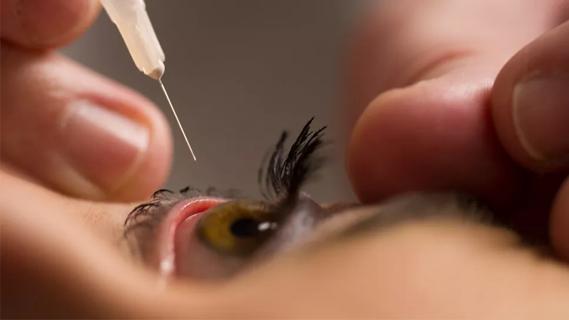
Study highlights the value of quantitative ultra-widefield angiography
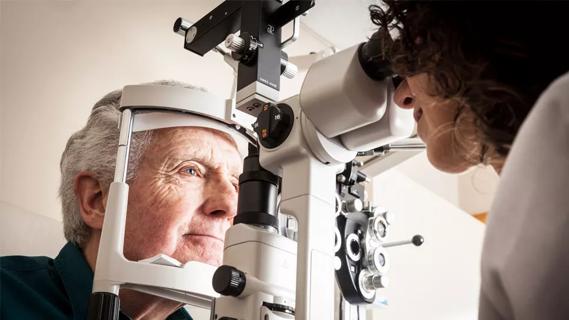
Switching medications may decrease treatment burden and macular fluid

Interventions abound for active and stable phases of TED
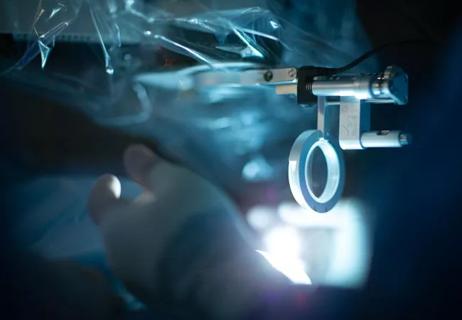
Corneal imaging and interpretation play a major role

Effect of low-dose atropine and dual-focus contact lenses is unknown in patients with comorbid eye conditions
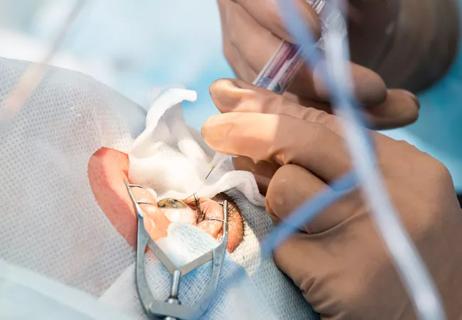
How to screen for and manage treatment-triggered uveitis
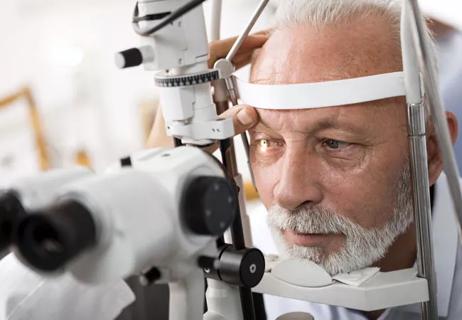
Minimally invasive surgery is effective for uveitic and steroid-induced glaucoma too
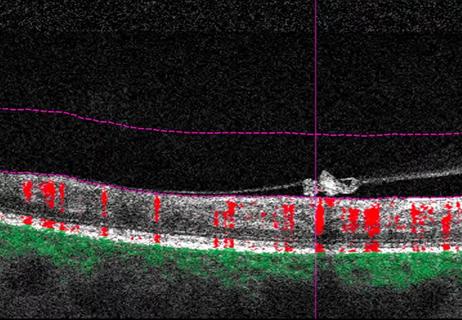
Why retina specialists should get comfortable with this imaging tool